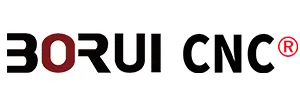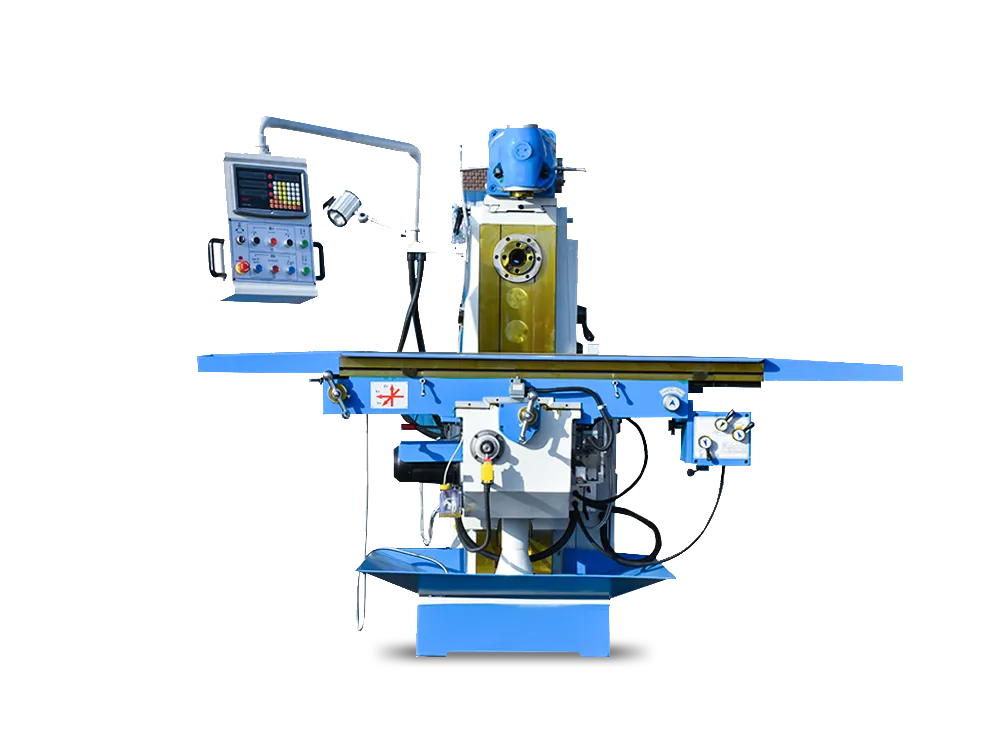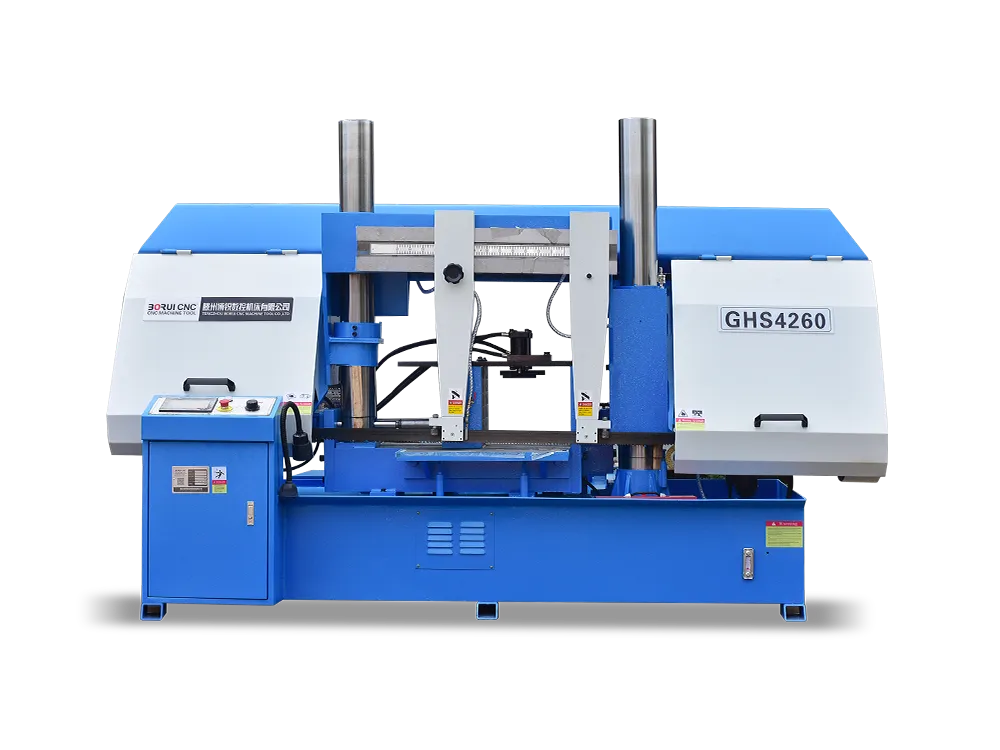
Milling machines have been helping manufacturers for many decades. Different types of these CNC-based machines are available. Among those, three, four, and five-axis machines are prevalent. They offer unique value propositions and features. But the question is: What’s the difference Between 3-axis, 4-axis, and 5-axis milling?
I know these machines are very complex in terms of their structures. As a result, many people miss the subtle differences among these types. Are you one of those? If your answer is YES, you’re in luck. I’ll explain the critical differences between these millings, which vary in their axis. So, let’s get started!
Overview of Axis of Milling Machines
Before going into details, let’s first understand the axes. As the title suggests, these machines primarily vary in their sixes. One machine has 3 axes, and the other has 4 and 5 axes. If you understand these axes, understanding machine differences would be easy peasy.
Axes in CNC milling machines are the paths for the cutting tools to move in. Machines with more axes allow cutting tools to move in more paths and cut the workpiece from different directions. Path defines the direction for the movement of tools.
These three millings can have any of these X, Y, Z, A, and B (or C) axes. Each of these axes offers a path for the movement of either workpieces or tools. In the previous article, we discussed what milling machines are! For a brief introduction, these machines cut and shape the material.
They are based on the CNC (Computerized Numerical Control) system, which enhances precision. Different types of milling machines are available on the market. Those machines that have 3 axes are straightforward. Their cutting tools get only a few paths or directions to move.
On the other hand, the 4-axis and 5-axis milling machines offer 4 and 5 paths to cutting tools, respectively. So, their work is much better and more advanced than 3-axis machines. The most fundamental difference between these machines is the number of axes each machine offers.
All their other differences are due to these axes. 5 axis machines are very advanced and considered ideal for making complex shapes. On the flip side, the 3-axis is the simplest one. The 4-axis milling machines lie in between. Let’s dive in and explore their other differences further.
Key Difference Between 3-axis, 4-axis & 5-axis Milling
I am sure that you have got a better idea of the axes of milling machines. Right? Even if you’re still confused, worry not! In the section below, I’ll discuss the differences between these 3-axis, 4-axis & 5-axis milling. While explaining, I’ll make sure to further simplify the axis and its impacts on their differences.
Before we go into the details, here is a table showing their key differences:
| 3-axis CNC Milling | 4-axis CNC Milling | 5-axis CNC Milling |
| Inexpensive | Mid-range in terms of cost | High Initial Cost |
| Easy to use | Moderate skill required | Requires specialized training |
| Simple programming | More complex programming | Complex programming |
| Low maintenance | Moderate maintenance | High maintenance |
| Slower production speed | Faster than 3-axis | Fastest production speed |
| Lower precision | Higher precision | Highest precision |
| Ideal for low production volume. | Suitable for medium to high volume. | Ideal for high-volume production. |
1. 3-Axis Milling
In the 3-axis milling machines, the cutting tools can move in three axes. Those include X, Y, and Z, but the workpiece remains stationary. All the cutting or shaping of the workpieces depends on the movement of cutting tools in those axes. It is true to say that the 3-axis milling machines have a straightforward mechanism.
- The X-axis allows the cutting tools to move right and left (sideways)
- The axis enables the cutting to move back and forth (vertical)
- The z-axis allows the movement of tools in up and down directions.
There is no more axis, so the workpiece remains in a fixed position. The spindle holding the cutting tools moves, cutting the material. Keep in mind that a computerized system controls the movement of cutting tools. Their movement is 100% precise, producing the desired shape precisely.
These machines are suitable for producing 2D and 2.5D shapes. You’ll have to reposition the workpiece multiple times so that the cutting tools get the right angle to cut it. Generally, 3-axis machines are limited when you need to make complex shapes. One thing I like about this milling is its simplicity, which is best for beginners.
3-axis milling machines are inexpensive, and small workshops take advantage of them. So, I would recommend this machine to someone who does not need complex parts. It can be a perfect option for getting started if you plan to start a business. They are suitable for drilling, engraving, tapping, and reaming tasks.
2. 4-Axis Milling
4-axis Milling is more advanced and complex than 3-axis milling. It has four axes that allow the movement of cutting tools and workpieces. In 3-axis machines, the workpieces remain stationary. However, 4-axis milling machines offer three axes for cutting tool movement and one for the workpiece.
The one additional axis is called the A-axis. It is present along the X-axis and allows a workpiece to move around. Simply put, this axis enables the workpiece to rotate around the X-axis. This means you can cut and shape the material from many sides now.
The remaining three axes (X, Y, and Z) are similar to the 3-axis milling machines. The additional A-axis, which adds relation movement of the workpiece, is very beneficial. Due to this, you won’t have to change the sides of your workpiece again and again. A single setup can cut all sides of the workpiece.
The main advantage of this type of milling is that it efficiently produces complex products. What makes it stand out is the workpiece’s rotation movement. As per computerized instruction, the workpiece rotates and brings itself close to the cutting tool. The shaping of the material becomes very easy and smooth.
This milling reduces the human errors caused by repositioning the workpiece. Let’s discuss the prices of these machines. Keep in mind that their better functionality comes with an increased cost. The 4-axis milling machines are more expensive than the 3-axis. However, their ideal precision is worth the investment.
3. 5-Axis Milling
This milling is more state-of-the-art and has five axes of rotation for workpieces and cutting tools. Three axes are standard in these machines: X, Y, and Z. However, these 5-axis machines have additional A, B, or C axes.
- A-axis allows rotational movement of the workpiece around the X-axis
- B-axis allows the rotational movement of the workpiece around the Y-axis
- The C axis allows the rotational movement of the workpiece around the Z axis.
If you compare the 4-axis and 5-axis machines, they have different one-axis, which is the B-axis. The 5-axis machines will have either the B or C axes, which allows the workpiece to rotate around the Y or Z axes, respectively. Remember that No 5-axis machines come with both B and C axes of rotations.
If any comes, it would be a 6-axis milling machine. The first 4 axes are common in both 4 and 5-axis milling machines. This 5-axis Milling is very advanced and can produce products with intricate designs. The reason is that the workpiece rotates around two main axes. So, it adjusts itself as per the computerized instructions.
So, the cutting, and shaping process becomes easy and smooth. Undoubtedly, these machines achieve 100% precision during cutting or shaping. However, there is one thing that I don’t like is its complexity in structures. Their maintenance is pretty complex. Even their functionality requires more complex programmed instructions.
Moreover, their price further adds salt to the wounds. But all these cons should not keep you from considering these machines for your work. They offer exceptional performance. No matter how complex a product you need, these machines do the job. Manufacturers use them for complex products such as engine parts, prototypes, surgical tools, etc.
Advantages & Disadvantages of 3-axis, 4-axis & 5-axis Milling
In the section above, I broke down their fundamental differences. However, some of you might still be confused about these three types. Worry not! In the section below, I will explain the pros and cons of these millings. This will help you better understand their actual value.
1. Advantages
| 3-axis CNC Milling | 4-axis CNC Milling | 5-axis CNC Milling |
| Cheaper | Multi-sided machining | Complex geometries |
| Easy to use | Cost-effective for large volumes | Machinable five sides |
| Simple programming | Higher precision | High precision |
| Low maintenance | Reduced setups | Fastest production speed |
| Best for simple geometries | Faster production speed | Ideal for high-volume production |
2. Disadvantages
| 3-axis CNC Milling | 4-axis CNC Milling | 5-axis CNC Milling |
| Slower production speed | Higher machine costs | Very expensive |
| Limited to simple geometries | Expensive fixtures | Complex operation and programming |
| Requires multiple setups | Limited speed | High maintenance |
| Lower precision | Complex maintenance | Requires specialized training |
| Single-side machining | More complex than 3-axis | Not cost-effective for low-volume |
3-Axis vs 4-Axis vs 5-Axis Milling – Which One Should You Pick?
All three types of milling provide you with distinct features. Moreover, each type has definite advantages and limitations. You must choose the right one according to the nature of your project.
If your work demands simple machining, the reliable option is 3-axis milling. It is easy to operate and less expensive. However, it has many limitations in creating complex shapes. 4-axis and 5-axis milling are suitable for making complex shapes and intricate designs.
When your project requires complex design, 4-axis milling steps in. It provides the product with precision due to added rotational axes. You can create complex designs on the workpiece without repositioning. Generally, manufacturers prefer the 4-axis because of their low cost and better performance.
Are you a dedicated or professional manufacturer? If so, a 5-axis milling machine would be a suitable option. It offers two dedicated axes for the workpiece to rotate, making complex shapes easy. Remember that this type is costly and falls in the premium category. However, it unlocks possibilities that are unobtainable with other millings.
Frequently Asked Question
What’s the difference between 3-axis, 4-axis, and 5-axis milling?
The primary difference between these machines lies in their number of axes. 3-axis machines are simple and suitable for straightforward tasks. 4-axis and 5-axis milling machines are ideal for more complex tasks.
What are the pros of the 4th and 5th axes?
4-axis and 5-axis milling provide products with more accuracy. They can easily make complex-shaped products. Above all, their work is speedy, which makes them stand out.
Do I need specialized training to operate a 5 axis milling?
Yes, due to its complex machinery, 5-axis milling requires specialized training. Any mistake can lead to severe hazards.
Conclusion
CNC milling machines are nothing short of blessings. They have changed the way manufacturers used to work. Their precision and quick turnaround allow established businesses to meet deadlines. However, CNC milling has many types, varying in the number of axes.
Each milling has a different axis of rotation and other cutting and shaping techniques. It is up to you to decide what is best for you. Remember, your choice of milling today will determine your project’s success tomorrow. So, I want you to know the differences and pick the right one for your manufacturing project.




